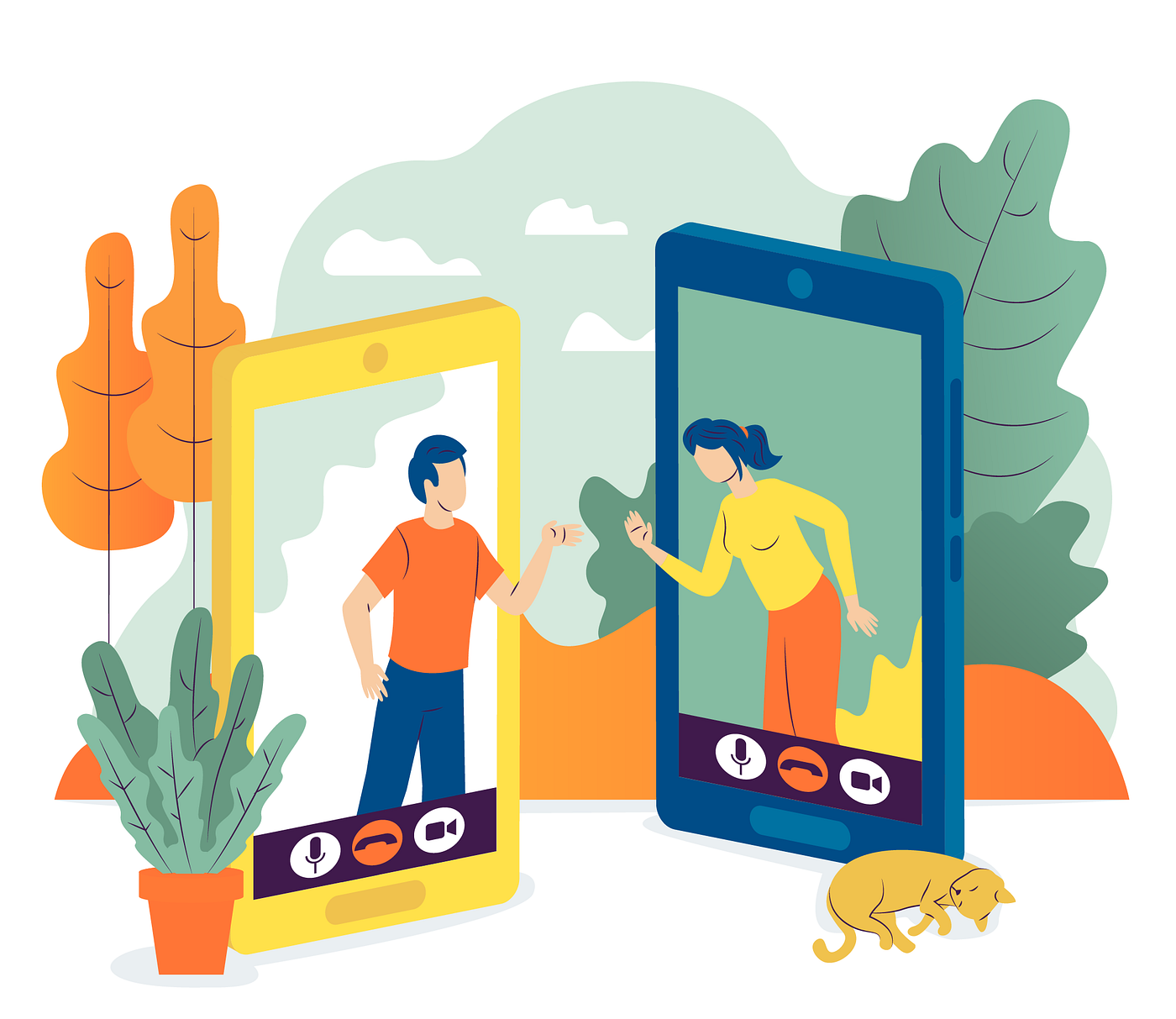
Intoday’s interconnected world, the journey from digital touchpoints to real-life experiences, and back again, is becoming increasingly common. The internet has reshaped how we form connections, from friendships to romantic relationships, blurring the lines between the online and offline worlds. However, the journey from URL (Uniform Resource Locator) to IRL (In Real Life) and vice versa is not hassle-free.

Online dating platforms exemplify this transition, where initial interactions occur through digital profiles and messaging. What begins as a swipe or a click can evolve into a real-life meeting, where the chemistry cultivated online is tested in person. Conversely, relationships that start offline may find themselves migrating to the digital sphere, as couples use messaging apps and social media to stay connected between face-to-face encounters. Likewise, while friendships may begin online, they often transition into offline interactions through meetups, gatherings, and shared experiences. Real-life connections can be sustained and enriched by maintaining an online presence, allowing individuals to stay connected across distances and time zones.
The emergence of online communities further blurs the distinction between URL and IRL interactions. Whether it’s a hobbyist group, a support forum, or a professional network, these communities provide a platform for like-minded individuals to come together and form meaningful connections. Members often organize offline events and activities, strengthening their bonds and solidifying their sense of community.
In the digital realm, individuals may encounter the prevalent issue of catfishing, where deceptive personas feign genuine connections. This deceptive practice undermines trust and authenticity. Moreover, transitioning from the virtual space to real-life interactions presents its own hurdles. Navigating the subtleties of face-to-face communication can be daunting, as individuals confront the possibility of rejection or disappointment, often compounded by the disparity between digital personas and real-life personalities.
The transition from online to offline interactions can bring about a clash between expectations and reality. In the digital sphere, individuals have the opportunity to curate their personas, presenting themselves in the best possible light. However, this curated image may not always align with the complexities of their true selves. As a result, meeting in person can reveal unexpected facets of one’s personality, leading to feelings of unease or disillusionment on both sides. Behind the safety of screens, individuals may feel more comfortable expressing themselves and sharing personal details. However, the prospect of exposing oneself to judgment or rejection in real-life interactions can evoke feelings of apprehension and reluctance to fully engage with others.
Moreover, cultural differences and social norms can pose additional challenges during face-to-face encounters. What may have been acceptable or even celebrated in the digital context could be perceived differently in real-life interactions. Negotiating these differences requires sensitivity, open-mindedness, and a willingness to adapt to unfamiliar social dynamics.
Modern technology can play a pivotal role in mitigating the challenges associated with the transition from online to offline interactions, fostering more seamless and authentic connections between individuals. Here are some solutions and ideas that technology can offer to address this disparity:
The transition from URL to IRL and vice versa is a testament to the transformative power of technology in shaping human relationships. Whether it’s forming connections online and bringing them into the real world or sustaining offline relationships through digital means, technology serves as a powerful tool for fostering connections across boundaries. By navigating the challenges and embracing the opportunities presented by this journey, we can harness the full potential of digital tools to enhance our lives both online and offline.